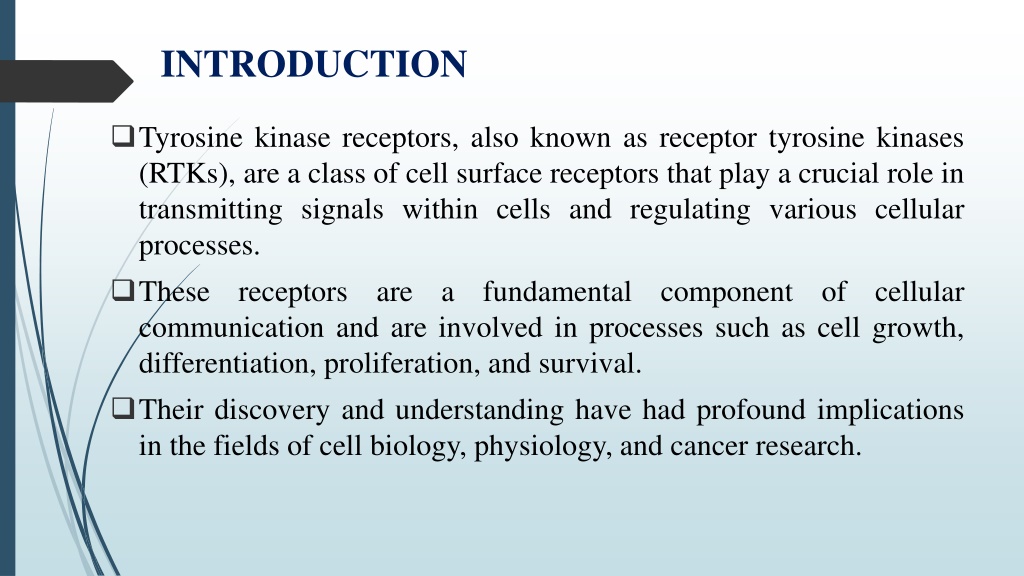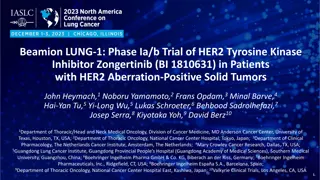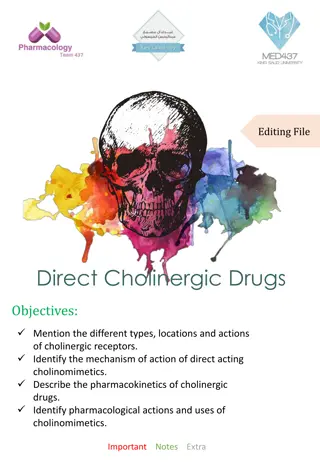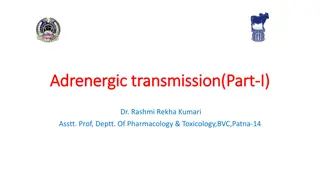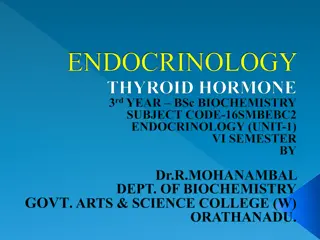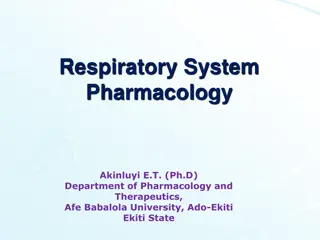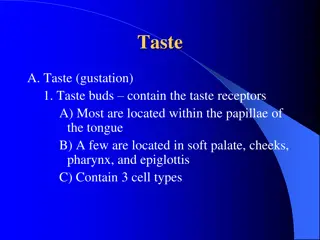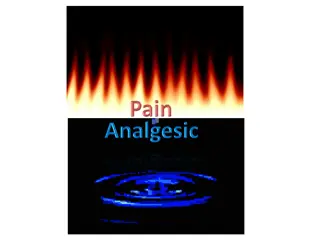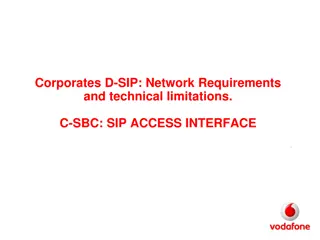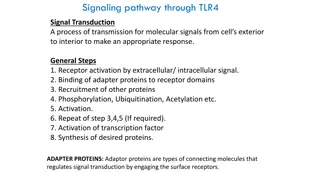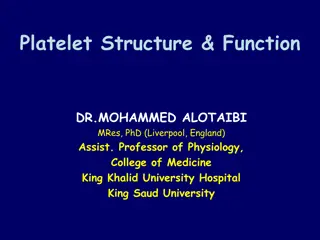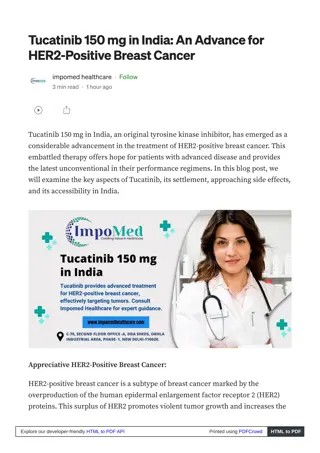Tyrosine Kinase Receptors: Signaling and Functions
Tyrosine kinase receptors (RTKs) are vital cell surface receptors that regulate cellular processes such as growth and differentiation. They function through a mechanism that involves ligand binding, receptor dimerization, autophosphorylation, and signal transduction, leading to various cellular responses. RTKs are categorized into different families and play roles in health, including cell growth, immune response, and metabolic regulation.
Download Presentation

Please find below an Image/Link to download the presentation.
The content on the website is provided AS IS for your information and personal use only. It may not be sold, licensed, or shared on other websites without obtaining consent from the author.If you encounter any issues during the download, it is possible that the publisher has removed the file from their server.
You are allowed to download the files provided on this website for personal or commercial use, subject to the condition that they are used lawfully. All files are the property of their respective owners.
The content on the website is provided AS IS for your information and personal use only. It may not be sold, licensed, or shared on other websites without obtaining consent from the author.
E N D
Presentation Transcript
INTRODUCTION Tyrosine kinase receptors, also known as receptor tyrosine kinases (RTKs), are a class of cell surface receptors that play a crucial role in transmitting signals within cells and regulating various cellular processes. These receptors are a fundamental communication and are involved in processes such as cell growth, differentiation, proliferation, and survival. Their discovery and understanding have had profound implications in the fields of cell biology, physiology, and cancer research. component of cellular
TYPES OF TYROSINE KINASE RECEPTOR Epidermal Growth Factor Receptor (EGFR) Family Insulin Receptor Family Platelet-Derived Growth Factor Receptor (PDGFR) Family Fibroblast Growth Factor Receptor (FGFR) Family Neurotrophic Tyrosine Kinase Receptors Cytokine Receptor
CONTINUE Ligand Binding: The process begins when a specific ligand, such as a growth factor, hormone, or cytokine, binds to the extracellular domain of the tyrosine kinase receptor. This binding leads to conformational changes in the receptor. Receptor Dimerization: Ligand binding often triggers the receptor to form dimers (pairs of receptor molecules) or higher-order oligomers (groups of receptor molecules), depending on the receptor type. This dimerization brings two or more receptor monomers together in close proximity. Autophosphorylation: The intracellular kinase domains of the receptor monomers within the dimer are activated upon dimerization. These kinase domains phosphorylate specific tyrosine residues on both the receptor itself and its dimerization partner in a process known as autophosphorylation.
CONTINUE Docking Proteins: The phosphorylated tyrosine residues on the activated receptor serve as docking sites for various intracellular signaling proteins, such as adapter molecules and enzymes. Signal Transduction: The binding of intracellular signaling proteins to the phosphorylated tyrosine residues on the receptor initiates a cascade of intracellular signaling events. These events can include the activation of downstream kinases, phosphatases, and other signaling molecules. Cellular Responses: The intracellular signaling pathways triggered by tyrosine kinase receptors can lead to various cellular responses, depending on the specific receptor and the downstream effectors involved.
ROLE IN HEALTH Cell Growth and Differentiation: TKRs are crucial for normal cell growth, development, and differentiation. They play essential roles in tissue repair, embryonic development, and the maintenance of healthy organs and tissues. Immune Response: TKRs are involved in immune cell signaling, helping to coordinate immune responses against infections and foreign invaders. For example, some TKRs play a role in the activation and proliferation of immune cells like T cells and B cells. Metabolic Regulation: Insulin receptors, a type of TKR, are essential for regulating blood glucose levels. They help cells take up glucose from the bloodstream, contributing to overall metabolic health.
ROLE IN HEALTH Vascular Development: Vascular endothelial growth factor receptors (VEGFRs) are responsible for (angiogenesis) during development and tissue repair. regulating blood vessel formation Nervous System Development: Neurotrophic tyrosine kinase receptors (Trk receptors) are crucial for the development and maintenance of the nervous system. They promote the survival and growth of neurons.
ROLE IN DISEASE Cancer Diabetes Autoimmune Diseases Cardiovascular Disease Neurological Disorders Inflammatory Disorders Rare Genetic Disorders
FUTURE DIRECTION Precision Medicine and Targeted Therapies Combination Therapies Functional Genomics Immunotherapies Neurodegenerative Diseases Rare Diseases Personalized Medicine
